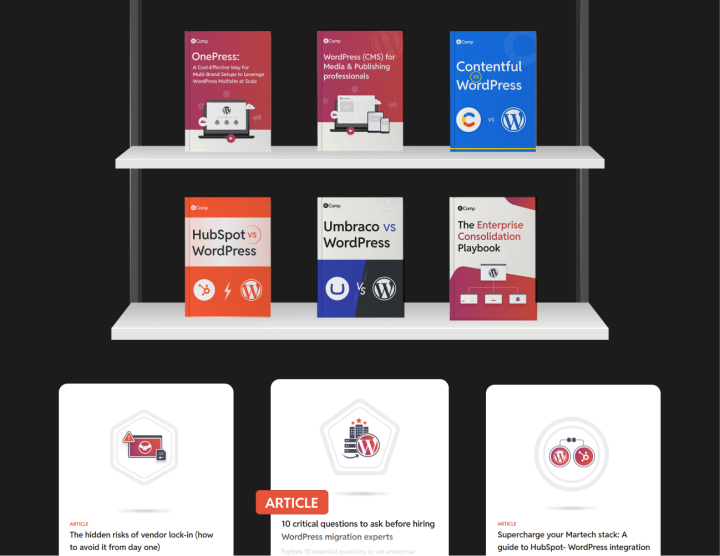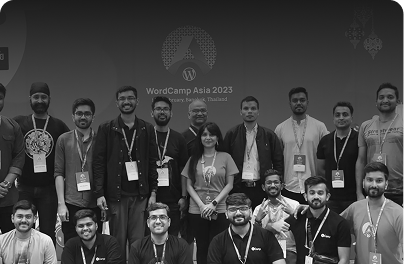When we begin work together
From the moment we begin working together, we view the relationship as a partnership. Well defined expectations and transparent actions help to ensure that every step we take is a step towards ideal business goals and project success. This starts with our internal handover.
1. Internal Handover
This process exists, so the wealth of information shared with our Sales team during pre-sales activities is, in detail, passed along to our Delivery team who will be managing, actioning, testing and delivering on the work. Our process includes an internal call, as well as templated documentation to account for all details, large and small. This handover takes place the moment the Scope of Work is executed, ahead of the formal kickoff meeting.
2. When we kick off
Our kickoff meeting is a time for you to meet the Project Manager and Engineering Manager assigned to the project. These two individuals will be key contacts at rtCamp, and will remain on the project through completion.
We utilize an elaborate, templated, kickoff deck during our meeting, to guide the conversation and aid in covering all bases. This is a time for our Delivery team to learn more about you, your project success parameters, and your way of working so we can acclimate to fit in your established systems.
At the outset of the kickoff meeting, we have the following expectations and actions set:
- Clear understanding of next steps, including
- Actions being taken by the rtCamp Delivery team
- Meeting schedule going forward
- Next Milestone(s)
- Access points and inputs needed
- Expectations and engagement needed from you/your team
- Alignment on project goals and timelines. Familiarity with all parties involved in the project
3. What tools we use
There are a multitude of tools we use to maintain a transparent and fluid remote/async experience. Below you will find the primary tools we engage with daily to support project delivery:
GitHub serves as our primary project management system, where tasks are organized, tracked, and collaborated upon in real-time. GitHub keeps our development process streamlined, easy to manage and transparent.
Zoom enables face-to-face communication, facilitating productive meetings and collaborative sessions.
gSuite (Google Workspace) powers our document and spreadsheet management, providing a centralized platform for creating, collaborating on, and sharing files.
Slack keeps our team connected and organized. It’s our virtual workspace for instant messaging, file sharing, and team updates, while email remains our formal space for any major project updates/changes.
Figma is the predominant tool our Design team uses to draft, share and finalize work.
Together, these tools form the backbone of our project management strategy, enhancing efficiency, transparency, and collaboration. That being said, we appreciate you likely have some tools of your that make internal process efficient, transparent and collaborative. We are not adverse to adapting to other tools, as alternatives of our core suite, to allow consistency across teams.







